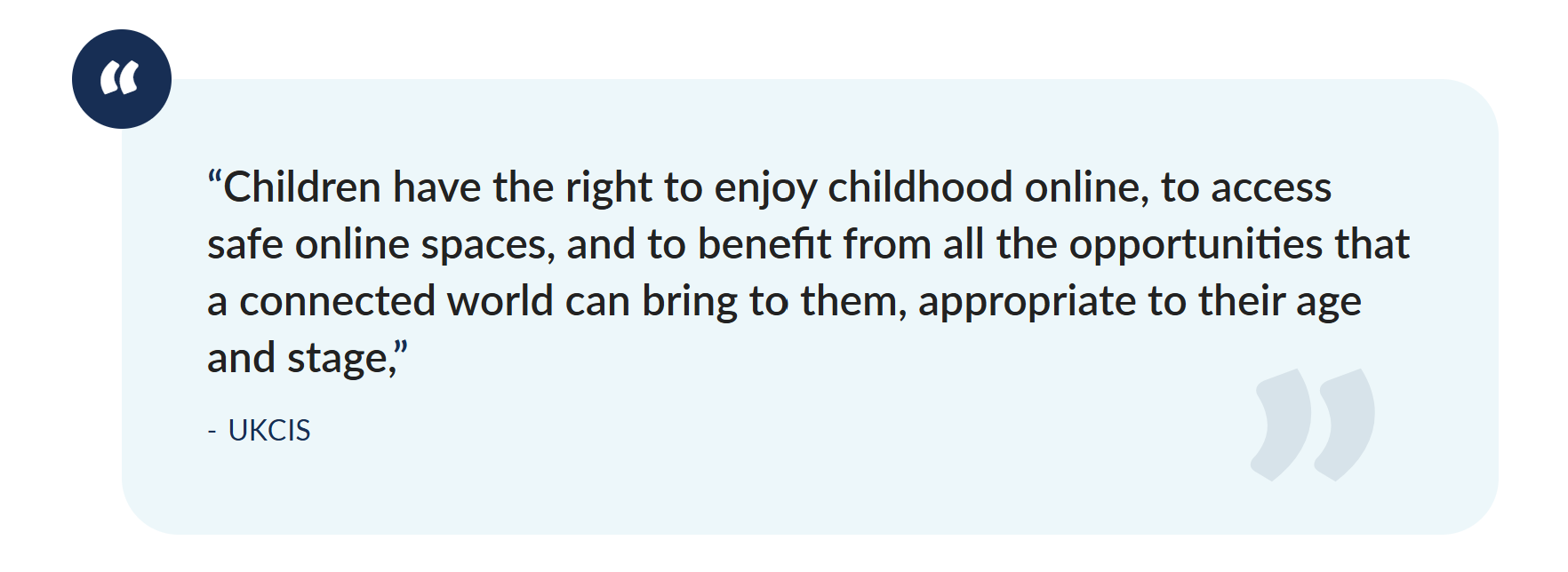Online Safety
 KCSIE groups online safety risks into four areas: Content, Contact, Content and Commerce. These are known as the 4C's of online safety.
KCSIE groups online safety risks into four areas: Content, Contact, Content and Commerce. These are known as the 4C's of online safety.
Content: Anything posted online - words, images or video. Children and young people may see illegal, inappropriate or harmful content when online.
Contact: The risk harm learners may face when interacting with other users online.
Conduct: The way people behave online. Some online behaviour can increase the likelihood of, or even cause harm, such as online bullying.
Commerce: This is the risk from things such as online gambling, inappropriate advertising, phishing or financial scams.
Intent
We want our learners to become digitally literate, critical, safe and responsible citizens to enable effective and enjoyable experiences in a digital world. We are fully committed to keeping all of our pupils safe and recognise that learning about online safety happens through a range of subjects and approaches. We recognise that online safety education is a whole school matter and goes well beyond the computing curriculum alone. Therefore, our teaching of framework objectives will come in many forms. For example, through discrete online safety, PSHE or RSE lessons, as well as other curriculum areas, pastoral interactions, home learning, assemblies and special events. With this approach, it is our intention that learners to build resilience and develop safe and appropriate behaviours online, which in turn will lead to positive online experiences.
Implementation
We have adopted the UK Council for Internet Safety’s, ‘Education for a Connected World’ (2020) as a framework of knowledge and skills to support and broaden the provision of online safety education within our school. Our Curriculum utilises:

Each year in our discreet online safety lessons, there is a focus on each strand:

Impact
Our learners will help learners understand what acceptable and unacceptable behaviour looks like. They will have the knowledge to make judgements about what they see online and not automatically assume that what they see is true, valid or acceptable. Learners will recognise the techniques that are often used to persuade or manipulate others. Learners will be able to identify online risk and how to ask for help.

